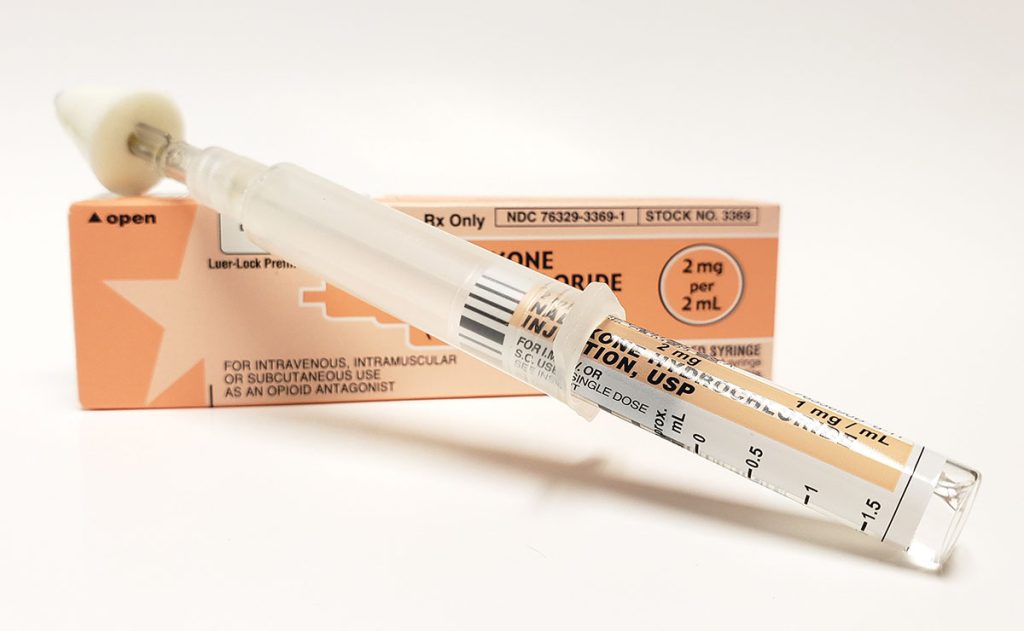
In 2021 and 2022, RI recorded 435 and 434 overdose fatalities respectively. 2023 saw a partial decrease of 7.3% to 404. This statistic can be misleading, insinuating that the futile “war on drugs” we have been waging since the ‘80’s is slowly being won. But overdoses and illicit drug use are two very different beasts. The present day scourge of the streets has become fentanyl. Pharmaceutical fentanyl has its origin in the late nineties and was administered to cancer patients topically for extreme pain. The fact that it was approximately one thousand times more potent than morphine made it ideal for pain management. Fast forward a quarter of a century and fentanyl has become the new buzzword spewed by the media, when what they’re really referring to is synthetic heroin.
The components of street-level fentanyl are never the same twice from dealer to dealer. The ingredients are far from pharmaceutical and ambiguous at best. This uncertainty in substance is a volatile mix rife with risk of overdose as the drug becomes more widespread, cheaper to produce, and more potent. It’s meant to mimic the effects of opiates, and while it may contain traces, the other chemicals involved are troublesome and often lethal. Currently, approximately 70% of all drug fatalities involve fentanyl. Society has made great strides in acting proactively when it comes to this spike in overdoses. We’ve acknowledged the epidemic, educated the masses, and Naloxone, the antioverdose miracle drug, has become readily available on a widespread level, with non-profits like The Parent Support Network of Rhode Island distributing Naloxone and fentanyl testing strips for free.
The city of Providence has taken this proactive response a step further and officially set the stage for the state’s first safe injection site. It’s been three long years since the Rhode Island General Assembly passed a law authorizing a pilot program for harm reduction centers, but by the time you read this, the doors will have presumably opened on this noteworthy landmark on Willard Avenue, next to Rhode Island Hospital. The goal is to provide a safe space where people can test and use drugs under medical supervision, while also having access to recovery resources. Back in September, Overdose Prevention Program Director Dennis Bailor said, “We’re going to have two smoking rooms, which will accommodate four individuals for each room. We’re going to have our injection space that will be available for eight individuals for a total of 16. We decided on a staff-to-client ratio of 1-to-4.” New York was the first state in the country to open safe injection sites back in 2021.
Rhode Island, however, was the first state to legalize the concept earlier that year. There would be many hurdles to clear, bureaucracies to battle, and red tape to cut through before construction began on the project earlier this year. Even now, a few remaining obstacles stand and state agencies still need to sign off. The Rhode Island Department of Health is waiting on approval from the state’s Fire Marshal’s Office before it can begin its final review process. RIDOH Spokesperson Annemarie Beardsworth went on to say that it would include “A review of the site’s final operating policies to ensure that the policies meet state regulations and patient safety standards. Once they are in compliance, RIDOH will issue a license.” Peripheral to this, a larger debate exists. Opponents would argue that this only enables drug users and that these funds could be funneled towards recovery programs that seek to eliminate illicit drug use altogether. Nearby residents may be weary of those who frequent the facility.
Nationwide, it’s too early to say what long term effects these safe injection sites will have on overall statistics. One thing is clear, other nations that have run this program have had zero overdose deaths in the communities they serve. They say the definition of insanity is attempting the same thing and expecting different results, so perhaps it’s time to tackle old problems in new ways, particularly when old solutions aren’t working. •
Photo via Wikimedia Commons.
More Posts by The Author:
Fleur De Lis: The French Canadian influence in Rhode Island
Date day PVD: Outdoors edition
Foreign Flavor: A brief history and sentimentality of the immigrants of PVD
Date Day PVD: Outdoors Edition
West End Woes: A PVD summertime choose-your-own-adventure




